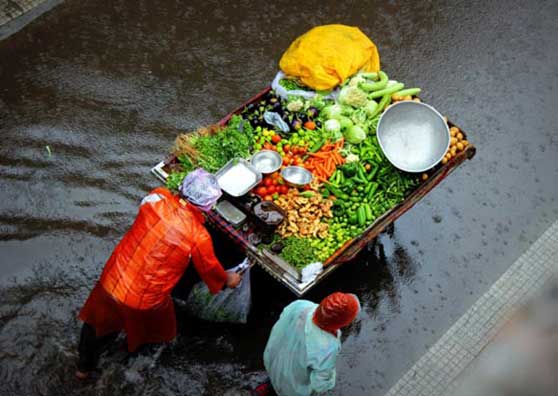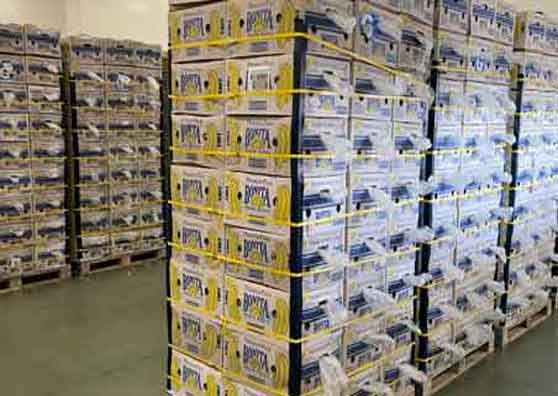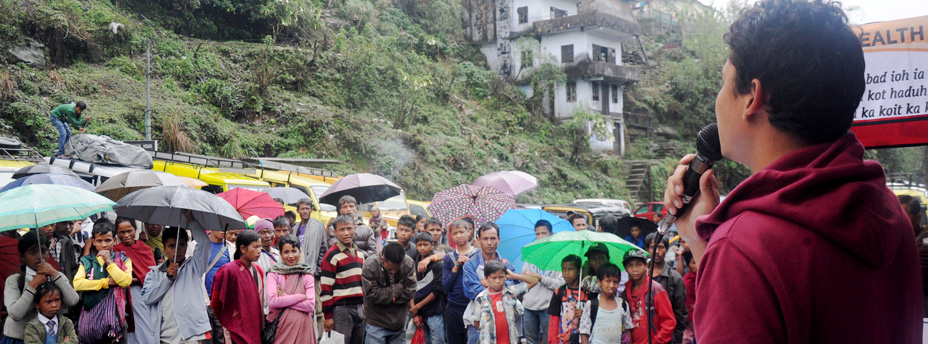
A road show encourages low-income households to enroll in the universal health insurance program. © Sonata Dkhar
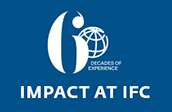 Pyndaplang Ryntathiang, a 27-year-old mother, runs a small grocery store in a remote village in the Indian state of Meghalaya. With help from her husband, who takes on temporary jobs in offices and nearby farms, the family earns around $4 a day.
Pyndaplang Ryntathiang, a 27-year-old mother, runs a small grocery store in a remote village in the Indian state of Meghalaya. With help from her husband, who takes on temporary jobs in offices and nearby farms, the family earns around $4 a day.
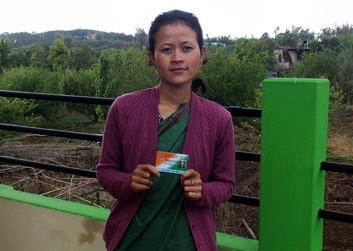
Pyndaplang Ryntathiang received treatment at a top hospital
after being diagnosed with a serious condition
Earlier this year, Ryntathiang was diagnosed with a hole in the heart—a serious condition requiring catheterization at a hospital 2,000 kilometers away from her village. If the diagnosis had come two years earlier, the family would have been doomed. Unable to afford the procedure, Ryntathiang would probably have stayed in her village, without receiving adequate treatment.
Thankfully, one year before the diagnosis, the family had enrolled in a new health-insurance plan developed by the Meghalaya state government with support from IFC. The plan offered the coverage she needed to stay healthy.
The new Megha Health Insurance Scheme (MHIS), a universal social health insurance program, provided the family coverage of about $3,300 per year at an annual premium of 31 Indian rupees (less than 50 cents of a US dollar), which was mostly paid by the state government. Freshly insured, Ryntathiang travelled to New Delhi and was treated at one of India’s top hospitals.
IFC helped structure MHIS to offer comprehensive, affordable health care to every citizen of the state of Meghalaya—covering over 750,000 households. One hundred fifty primary health-care and community-health-care centers in villages and towns participate in MHIS. Forty-three advanced tertiary-care hospitals across India are also part of the network. Participating government hospitals receive incentives and a share of the revenue to encourage better treatment of patients. This has led to hospitals competing with each other to provide better treatment.
Considering that access to affordable and high-quality health care is a critical need across India, other states could learn from Meghalaya's experience when designing approaches to reach health-care services to all.
MHIS builds on a previously launched national-health program. However, the previous program excluded critical care for important diseases like cancer and did not include higher-income families that still found it difficult or impossible to access private healthcare due to high costs. MHIS covers every man, woman, and child in the state, as well as natives of the state living in other parts of India.
A New Model for Universal Health Care
Like Ryntathiang, most of Meghalaya’s 3 million people have historically had inadequate access to high-quality health care. Many suffer from several endemic and lifestyle-related illnesses that could be addressed effectively with early diagnosis and treatment. However, many residents, fearing the cost, do not pursue the care that could help them.
In 2012, state officials started looking for remedies that would keep citizens healthy and productive. Together, Meghalaya’s government and IFC designed MHIS, structuring it in a way that allowed the state government to partner with a private insurer to share operational and financial responsibilities.
MHIS beneficiaries access cashless treatment across a nationwide network of public and private hospitals with a “smart card” that captures and stores their biometric and personal details. The program benefits residents who need treatment at hospitals both within and outside the state, as well as the large number of Meghalaya natives working in other parts of the country. Because it covers all citizens, irrespective of income level, MHIS encourages beneficiaries to seek early primary and preventive care.
Although the benefits are many and enrolment costs nothing, many in Rynthathiang’s village were afraid to provide thumbprints, believing that it would bring bad luck. Others felt that enrolling for medical insurance would invite illnesses. The government had to work with non-governmental organizations and local partners to break down resistance.
Ryntathiang is eager to help in that effort. “Initially, we were unsure of its benefits, but after our experience, I will spread the word and encourage others to enrol,” she says.
To learn more about IFC’s work in Public-Private Partnerships, visit www.ifc.org/ppp.
Stay connected: #6DecadesOfExperience
Published in December 2016

